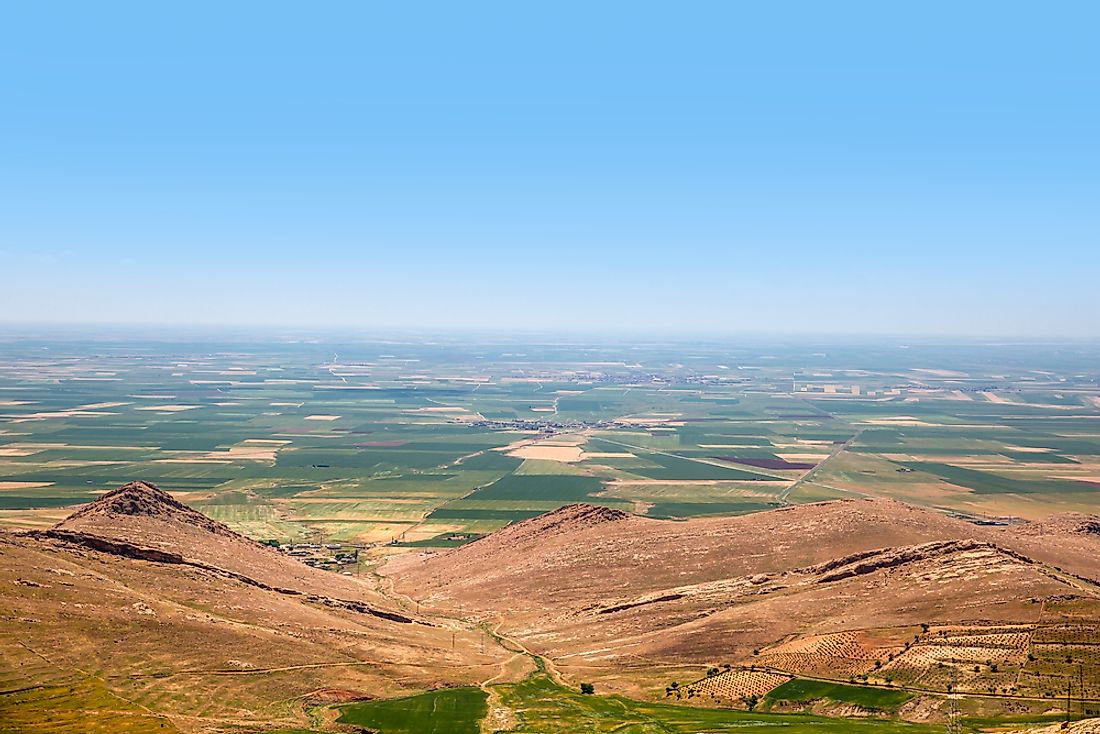What is Mandaeism?

What is Mandaeism?
Mandaeism, also known as Mandaeanism, is a gnostic religion ( gnostic meaning knowledge). It is comprised of many different beliefs. While the religion refers to Noah, Seth, Aram, Abel, Adam, Enos, Noah, and particularly John the Baptist, it does not acknowledge Jesus, Abraham or Moses.
The History of Mandaeism
Mandaeism first originated in the first three centuries AD with the migration of the Mandaen natives to Mesopotamia coming from the Southern Levant during the first centuries CE. Mandaens are Semites who speak the Mandaic dialect, a language from Eastern Aramaic. There is a possibility that the Mandaen people are relatives of the Nabateans, a pre-Islamic group of pagan Arabs who had their territory spreading into the southern region of Iraq. It is estimated that there are 60,000 to 70,000 Mandaens worldwide. Before the Iraq invasion of 2003, most Mandaens lived in Iraq. However, following the war, most of the Mandaean Iraqis fled the country, and by 2007, the population had fallen to about 5,000. Mandaeism has remained a private and separated religion with information about the religion only coming from outside sources including a scholar in Iranian studies named Julius Heinrich Petermann, Lady E.S a British cultural anthropologist, and a Syrian Christian known as Nicolas Siouffi, who was at the time a French vice-consul in Mosul.
Etymology
Mandaeism originates from the Classical Mandaic Mandaiia which also appears as Mandeyãnã in Neo-Mandaic. Based on words that have a common etymological origin in other Aramaic languages, semiticists like Rudolf Macuch and Mark Lidzbarski translated the word manda which means knowledge, from Mandaiia. The etymology shows that Mandaeans might be the only surviving sector who can truly call themselves Gnostic from the late antiquity. The Mandaeans are known as the Şubba among those outside their society. In the Middle East, the word Şubba traces its roots from Aramaic meaning baptism. Şabi is the neo-Mandaic term whereas Sabians are used in Islam as an umbrella term to mean the number of religions including that of the Mandaeans in relation to Sabians found in the Qur'an. Followers of the Mandaean religion are occasionally known as the 'Christians of Saint John' according to reports made during the 16th century by members of the Barefoot Carmelite mission based in Basra. Mandi is an Arabic word which refers to a place used for worshipping purposes for the people practicing Mandaeism. The Mandi is supposed to be constructed along a river to carry out baptism because water is an important element in the Mandaeism faith.
Beliefs
Mandaeism is a religion whose principles are based on common heritage instead of on actual religious doctrines or beliefs. The Mandean theology does not have any practical guidelines and its literature covers topics like eschatology which features the knowledge of God and the afterlife. Its knowledge is only limited to a number of people such as several lay people and the priesthood.
Fundamental Tenets
The Mandaean Gnosis is made up of nine features according to E. S. Drower. There is dualism which is referred to a Cosmic Mother and Father, Right and Left, Light and Darkness together with syzygy in both the microcosmic and cosmic forms. An entity that is not only supreme but also formless. They believe that the soul is a captive or an exile and its origin or home lies in the Supreme Entity, where upon death the soul ultimately returns. Both the stars and planets are influential on human beings and fate; after death one is detained by the planets or stars.











